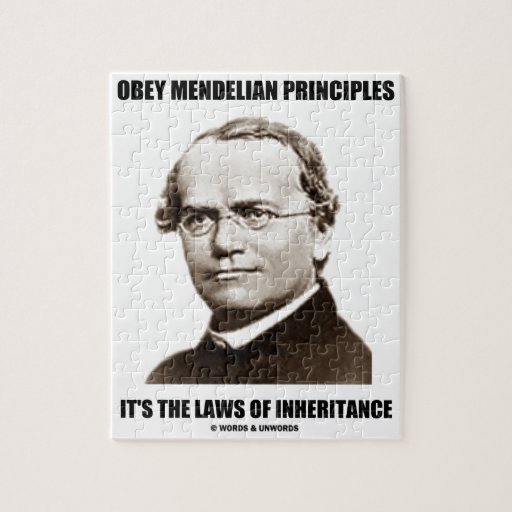
Laws of Inheritance
Gregor Johann Mendel was a scientist who is recognized as the Father and Founder of genetics. Mendel conducted many experiments on the pea plant (Pisum sativum) between 1856 and 1863. He studied the results of the experiments and deducted many observations. Thus, laws of inheritance or Mendel’s laws of inheritance came into existence. Before learning about Mendel’s laws of inheritance, it is important to understand what the experiments performed by Mendel were. Genetic inheritance boils down to three simple concepts put forth by Gregor Mendel, a humble monk and part-time scientist who founded the entire discipline of genetics:
-
Segregation: In diploid organisms, chromosome pairs (and their alleles) are separated into individual gametes (eggs or sperm) to transmit genetic information to offspring.
-
Dominance: A dominant allele completely masks the effects of a recessive allele. A dominant allele produces the same phenotype in heterozygotes and in homozygotes.
-
Independent assortment: Alleles on different chromosomes are distributed randomly to individual gametes. Reference:
- Master Success Text Book of Botany C by Riaz-ul-Haq Ramay


